Carriers seek to limit the damage in 2013
Managing month-to-month changes to services and schedules is now a constant battle for container operators as they strive to keep the spot market from imploding in the current weak demand environment, according to Drewry’s new Container Forecaster report.
The industry managed the influx of new vessels pretty well in 2012, with a small reduction of 1.6% in operational headhaul capacity in the three main East-West trades for the full year. Greater use of slow steaming has helped, and there was an average of 10.3 vessels assigned to weekly strings in the three core East-West trades as of January 2013, up from 10.1 last October.
However, by the end of April its is estimated that the year-on-year capacity on three trades will have risen by nearly 1%. Further ahead, capacity on the headhaul will increase by 10.2% on Asia-North Europe and 5.5% on the transpacific in the second quarter.
With over 40 ships of at least 10,000 TEU due for delivery in 2013, carriers will find it increasingly difficult to manage capacity without upsetting the fragile supply-demand balance. Carriers are asking themselves where they can put these vessels without flooding the market.
Neil Dekker, Drewry’s head of container research, stated, “Missed sailings between October and February may have lifted average load factors in the East-West trades by between 2% and 5%, but there is no evidence that this improves the success of GRI attempts over any sustained period of time.”
“The supply-side pressures caused by new deliveries could force carriers to take more drastic measures such as suspension of whole strings. For now, the lines’ strategy seems to be one of damage limitation on a very short-term basis before the next wave of ships is delivered."
The decisions by Evergreen to launch its new CPS2 transpacific service in May and by MSC to start its stand-alone service on the Asia-East Coast South America trade this month will only add to what is already a very challenging operating environment.
In this weak market, carriers cannot have it both ways – upgrading all services to lower their slot costs while at the same time adding new services.
The global cascade is now more difficult to manage and the average capacity of ships across the major North-South trades increased by 9.1% last year to just under 4,000 TEU. More 8,000 TEU vessels are being pushed into the Asia-East Coast South America trade, and this is no longer the jewel in the crown for carriers, with headhaul cargo growth only expected to be 3-4% in 2013.
Carriers have already had a taste of how difficult it will be to resist falling rates in the spot market this year. The mid-March Asia to North Europe GRI was successful at first, with increases of over $300 per FEU, but most gains had already been lost by the end of the first week.
How to absorb additional ship capacity at the trade route level is the number-one issue for carriers in 2013 if they are to have any chance of being profitable, although all of them are doing their best to cut operating costs. < Korea Shipping Gazette >
많이 본 기사
- 신년특집 기획/ 새해 컨시장 기상도 유럽 상승 vs 북미 혼조새해새소망/ CMA-CGM코리아 장혜진 대리中 코스코, 벌크선 최대 18척 발주…선단확충 속도컨운임지수 넉달만에 2500선 넘어…6주 연속↑고려대 바다최고위 과정 제7기 3월 개설새해새소망/ 남성해운 일본영업팀 이충광 팀장새해새소망/ 한국해양진흥공사 김경태 과장새해새소망/ 동방선박 이종범 부장새해새소망/ 주성씨앤에어 김정상 부사장연안선박 현대화 이차보전사업 사업자 공모
- 페덱스, 페덱스프레이트 분리한다…“소량트럭화물 시장 선도할 것”케이씨티시, 대한민국해양연맹에 1억원 기부BDI 1015포인트…케이프·수프라막스선 하락세 이어져스위스 MSC, 내달 가동 신규서비스 선적예약 시작새해새소망/ 페어허브물류 장수진 본부장“K-조선 초격차 원년” 수출입은행, 선박금융에 12조 지원건강칼럼/ 급성기관지염, 자주 재발하면 천식으로 이어질까?새해새소망/ AIT월드와이드로지스틱스 최동철 상무로지스올컨설팅-니어솔루션, 물류자동화 사업 손잡는다새해새소망/ 한국해양수산개발원 김민수 본부장





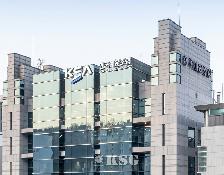
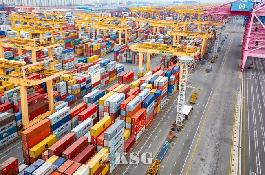

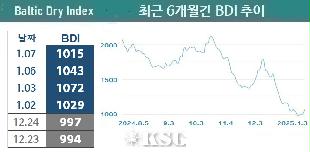




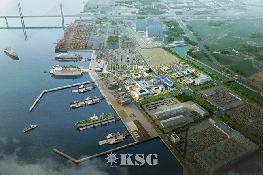

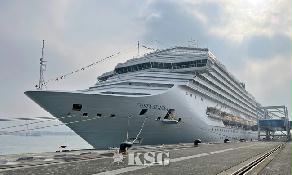

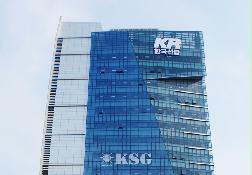
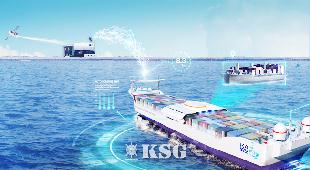

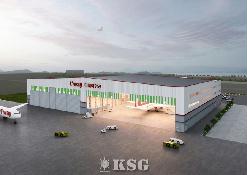


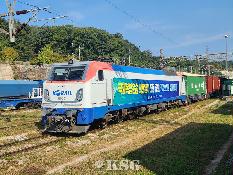
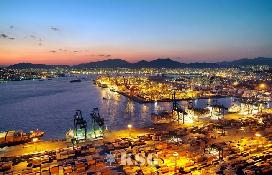


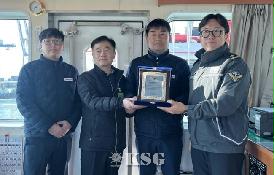
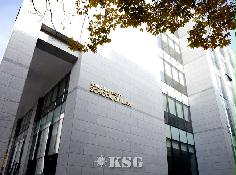
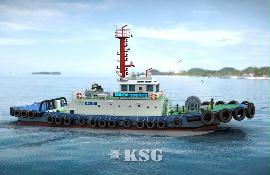


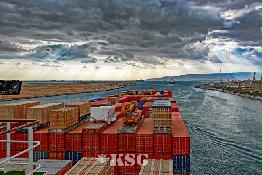








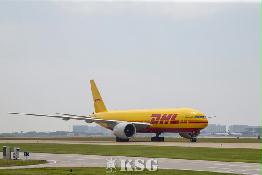
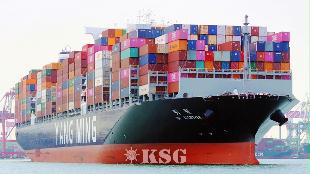
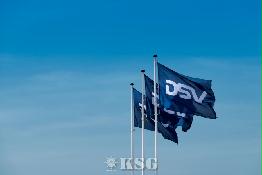
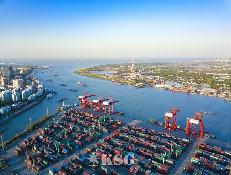























0/250
확인